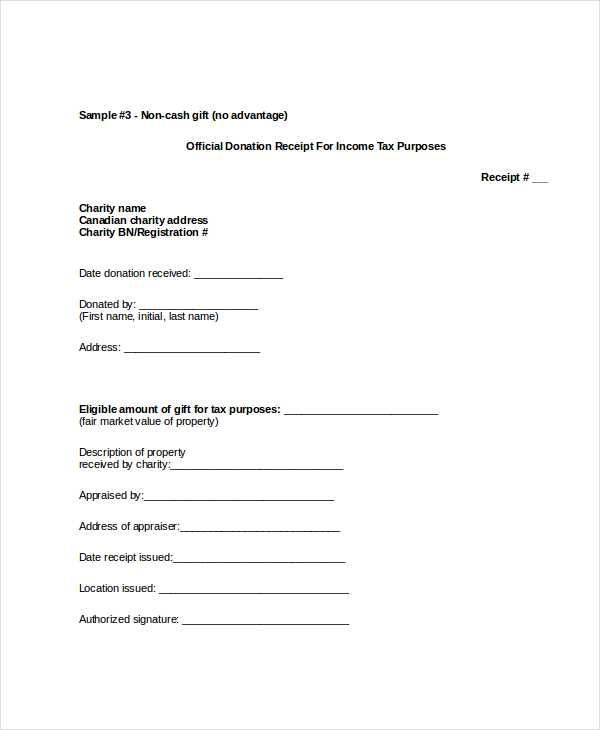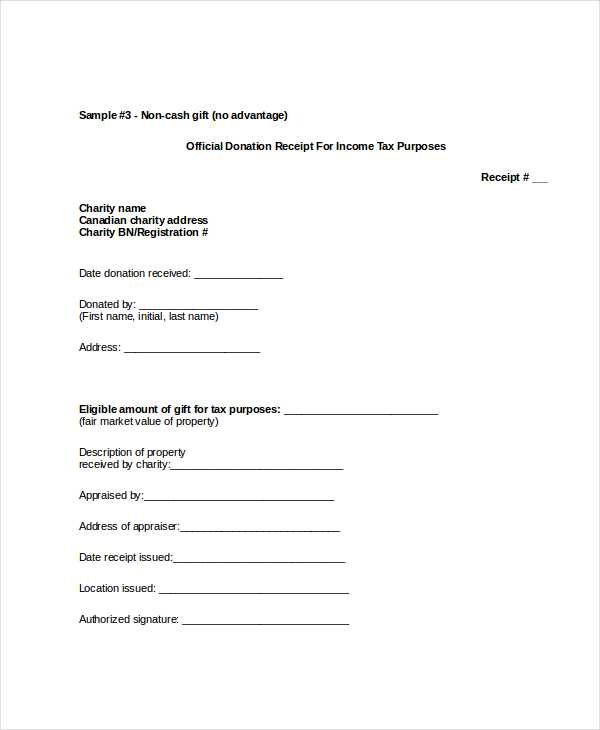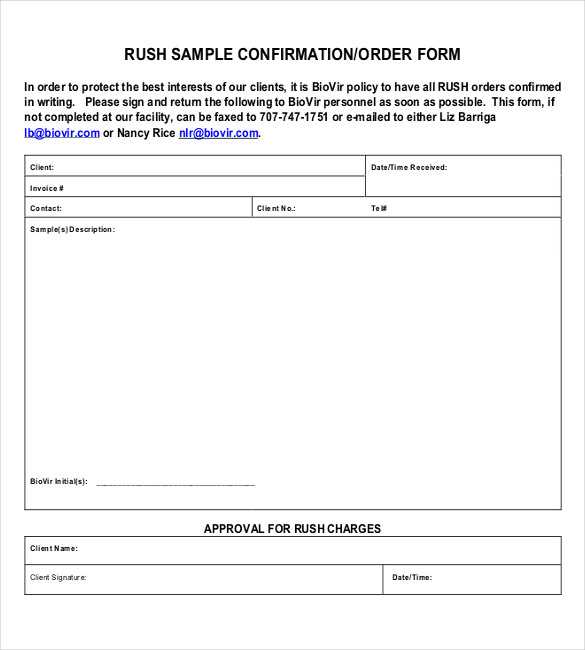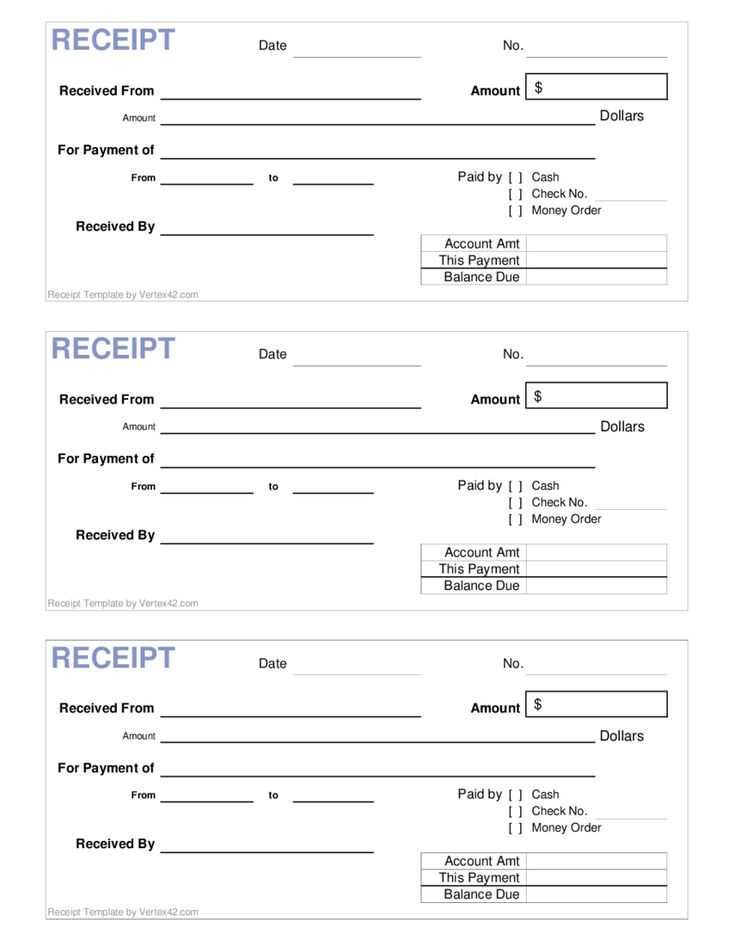
When creating a receipt document, precision and clarity are key. A well-structured template ensures all necessary details are captured, from the transaction date to the specific items or services provided. Begin by including clear headings, such as “Receipt Number,” “Date,” and “Amount Paid,” to organize the document effectively.

Include key transaction details such as the buyer’s and seller’s names, payment method, and any relevant invoice or reference numbers. This helps create a transparent record that can be easily referred back to when needed. Make sure to incorporate a section for signatures, if applicable, to validate the transaction.
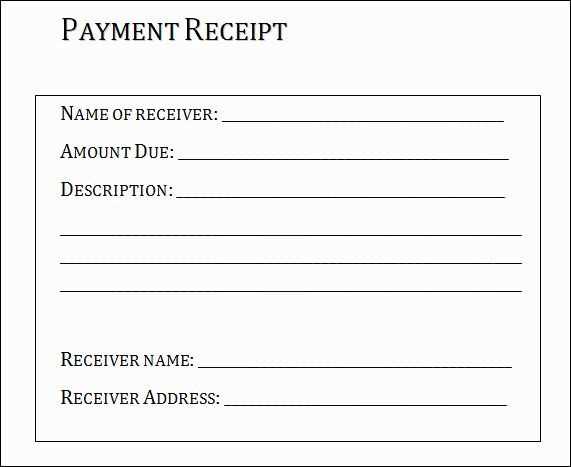
To streamline future use, design your template so it can be easily filled out digitally or printed. Consistency is important, so using standard fonts and spacing improves readability and makes the document look professional. An itemized list of goods or services, along with the price breakdown, provides further transparency.
